Click the photo above to open a photo gallery of Hebron Presbyterian Church
COMMERCE – Celebrating its 225th anniversary in 2021, the congregation of Hebron Presbyterian Church in Banks County now is housed in its third sanctuary.
But it is almost impossible to discuss Hebron Presbyterian Church without considering the two other historic aspects of the current campus: the extensive graveyard and renovated former Hebron Academy building.
Though small in active membership after the COVID-19 pandemic and the deaths of a couple of members, the church again is reaching out to the neighborhood and is persevering with plans for an anniversary homecoming celebration in August.
Hebron sanctuary
Built in 1883-84, the 200-seat Hebron Presbyterian sanctuary is located off Hebron Church Road in Banks County.
But Hebron Presbyterian Church has not always been in Banks County.
“We were created before Banks County was created,” said Pastor Rick Billingslea. “The other spot up the road is actually in Franklin County.”
In a term paper cited in a church history published in 1996, Mary Langford White recorded details of the construction as told to her by Charlie Neal of Demorest, whose father Francis Patterson Neal provided most of the lumber for the new church free of charge.
“Many of the pine logs he cut were from virgin forest and were so large that it took four oxen to drag them to the mill,” White wrote. “James Lafayette Carson, his son Marcus, his brother William Palmer ‘Willie’, and Dr. Robert Neal were the principal carpenters on the job.”
It was not until the 1940s that electricity arrived at Hebron. Similarly, the wood stove in the church was replaced with gas heat in 1951. Indoor restrooms were added in 1969.
Backcountry beginnings
Years before the current church, graveyard, and school building came into existence, Hebron began in 1796 in a small log structure about a mile east of the current campus.
The original log cabin church is long since gone, but a cemetery from that church remains, located on private property and accessible only with advance permission and access arrangements from the property owner.
The church’s original site was located just outside Native American territory.
The Cherokee had recently ceded the land in the Long Swamp Treaty of 1783, but members of the tribe remained neighbors to the west of the Hebron area and because there was no clear border between Cherokee and Georgia land, sentries were posted and most who attended worship brought rifles.
Shortly after 1800, a simple frame church with open windows and shutters was built where the old one stood. In 1805, the owner of the property donated seven acres to the church for a total of 10 cents.
When the Rev. Groves Harrison Cartledge took over the church in 1852, there were 150 fewer members than there had been in 1806, but under his leadership the congregation again grew.
Glass windows and ceiling were not added until 1860.
By 1877, there were 122 members.
The church continued to grow, so in the early 1880s the present sanctuary came into being about a mile west of the original site, in what is now Banks County.
Hebron graveyard
The graveyard, so called because it is a cemetery located on the grounds of a church, includes the graves of 22 veterans of the Revolutionary War and 59 Civil War veterans.
“A couple of years ago we had our cemetery radared, with ground-penetrating radar, and we found 123 unmarked graves in a cemetery that’s got 500 and something people marked,” Billingslea said.
The first action undertaken on the present campus was the 1802 burial of Elijah McWhorter Ash, infant son of William Ash and his wife, Jane Fleming.
The child’s mother was asked whether she wanted him buried at the old church or the new one and she chose the new one, Billingslea said. That served as a catalyst for construction of the new sanctuary.
Some of the oldest graves in the cemetery are covered by rock formations.
“There’s always a question about the rock houses,” said church leader Bill Carson. “Is the person above ground? No, it was for various reasons. They’re filled with dirt above the ground just to hold the rocks as they were put on.”
Cairns, or rock house graves, refers to a mound of stones erected as a landmark or memorial.
The stones protected the graves from marauding bears and other wildlife of the surrounding woods in what then was a wilderness.
Billingslea said that style burial is more of a Scottish thing.
Cartledge, who pastored Hebron and Homer for 47 years, is buried near the center of the graveyard.
Hebron Academy
Hebron Academy educated many local children, including former Gov. Allen D. Candler, who served Georgia from 1898-1902.
While the school was founded in the 1800s, the existing school building was constructed in 1909 and closed in 1933 with the opening of Davis Academy. The school building was completely renovated in 1988 and was the Georgia Trust for Historic Preservation Renovation Project of the Year.
The building serves as a fellowship hall for the church and is open for community events.
Contact the church
Hebron Presbyterian Church is located at 1255 Hebron Road, Commerce.
Sunday school is held from 10-11 a.m., with Sunday service from 11 a.m. to noon. Visitors are welcome.
The church also hosts Wednesday Coffee each week at 10 a.m.
Contact the church at (706) 335-0140 or visit the website at www.historichebron.org.
Hebron Historical Society, originally founded in 1924, was incorporated as a 501(c)3 in 1988 and is dedicated to the education and historic preservation of the grounds and buildings of Hebron Presbyterian Church, Schoolhouse, and Cemetery.

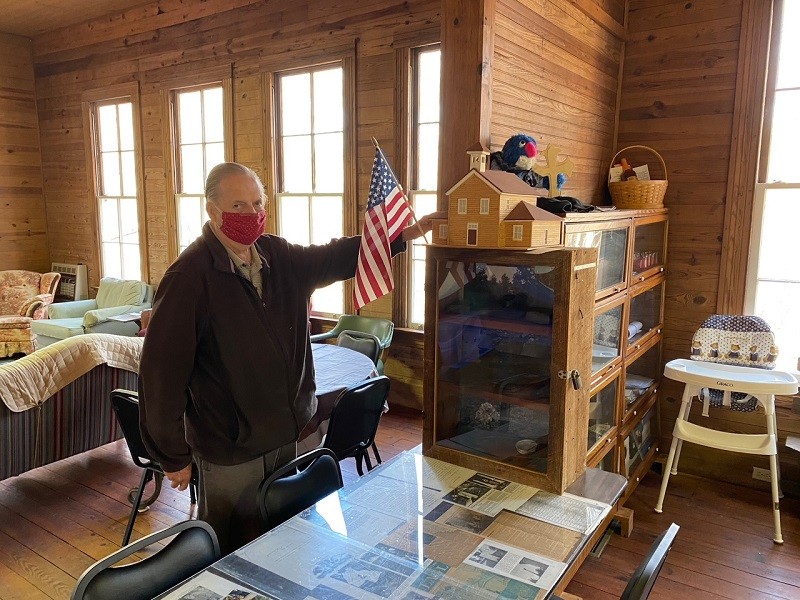
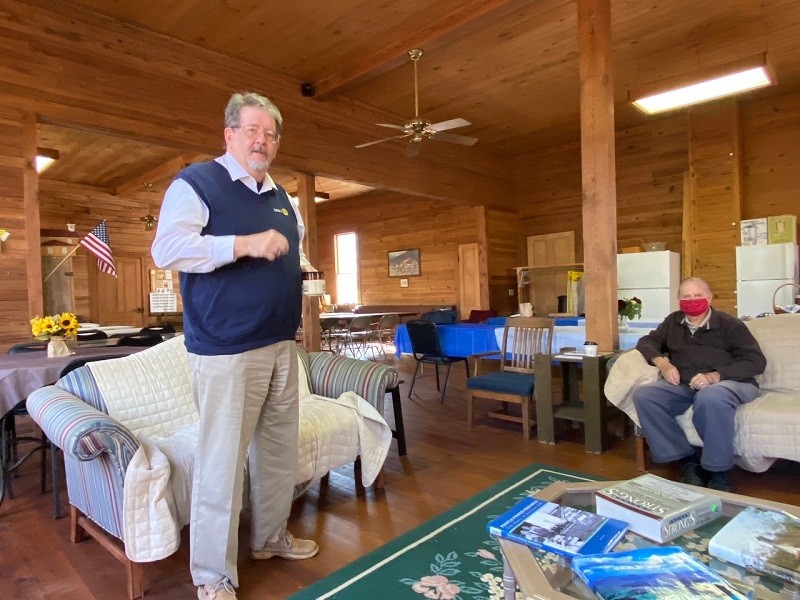
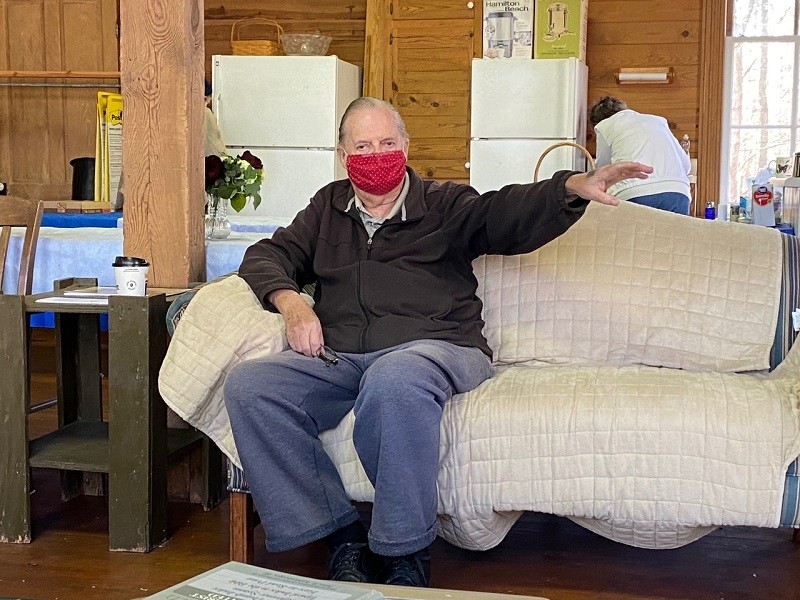
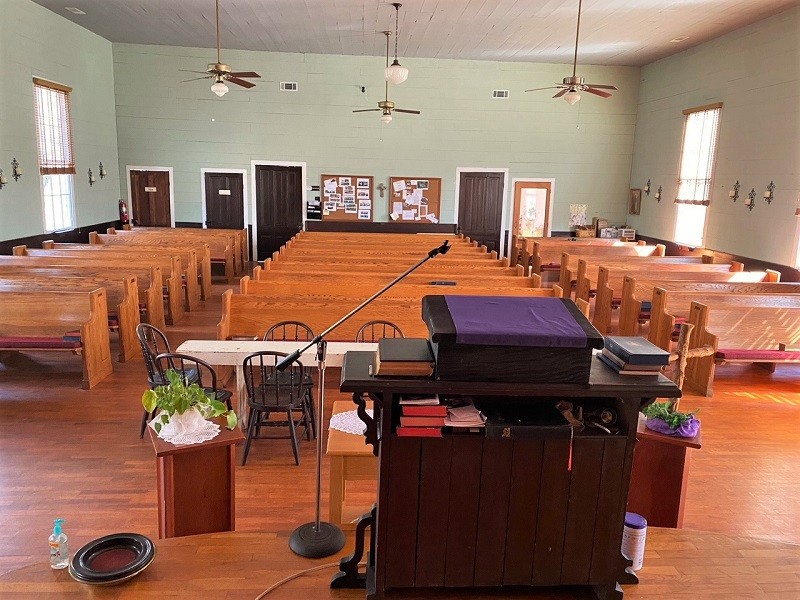
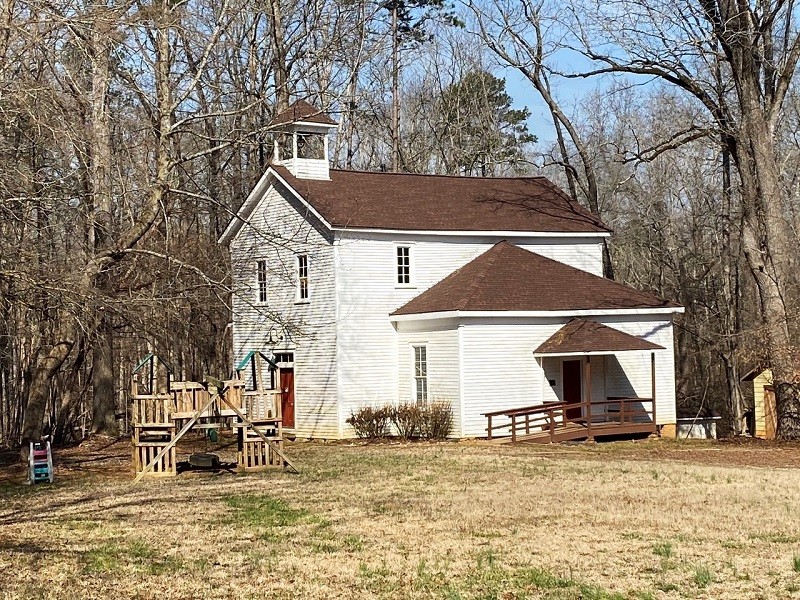

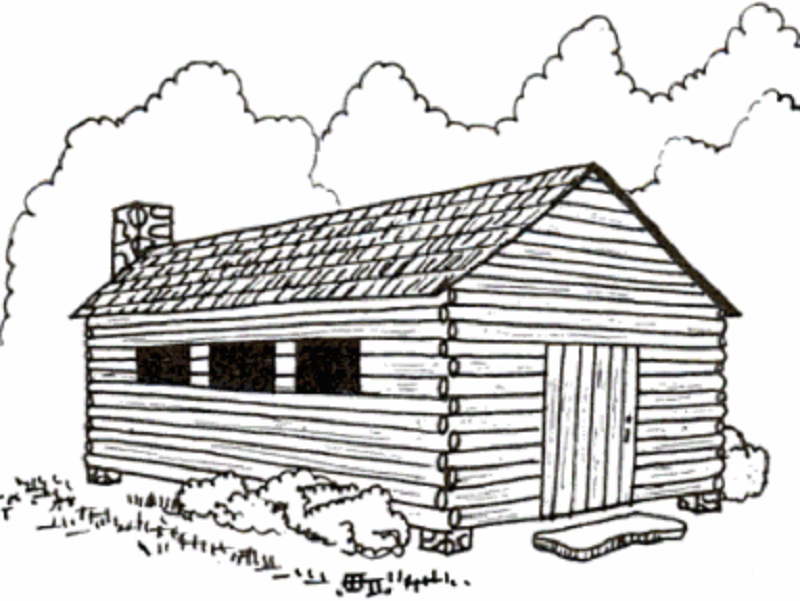

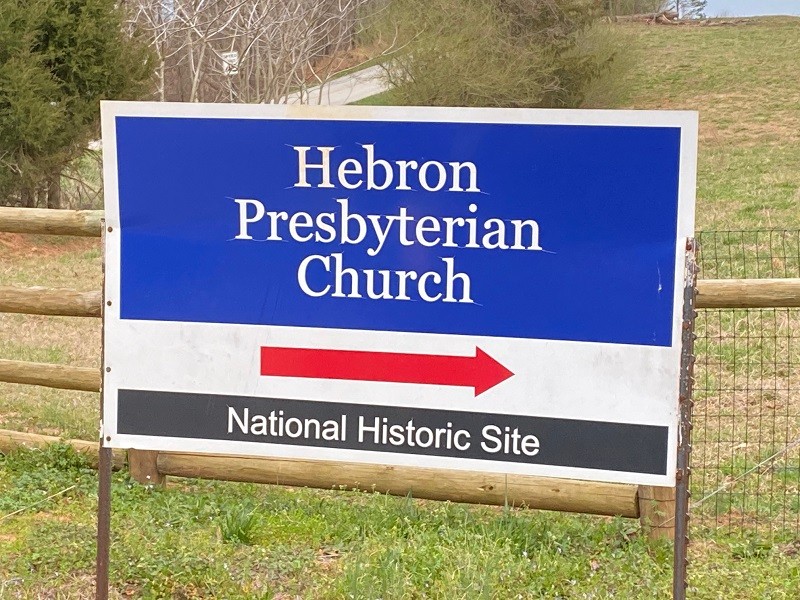

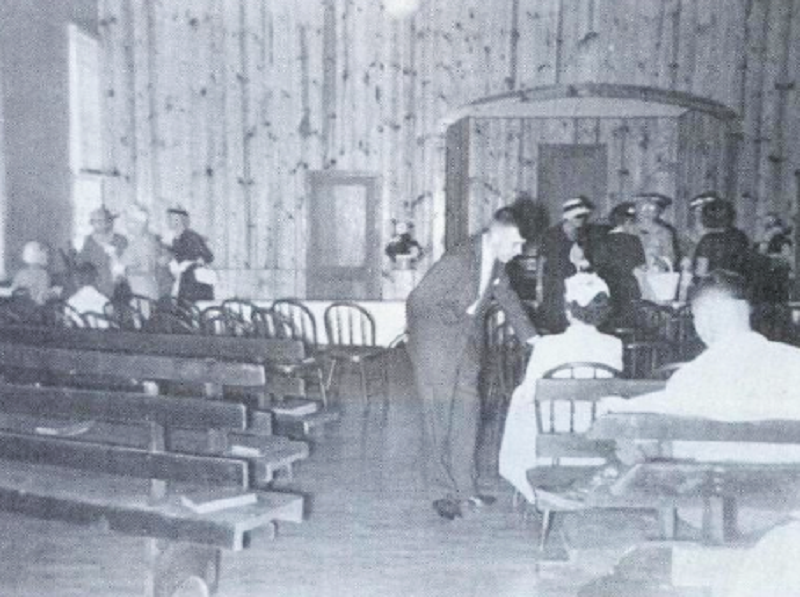
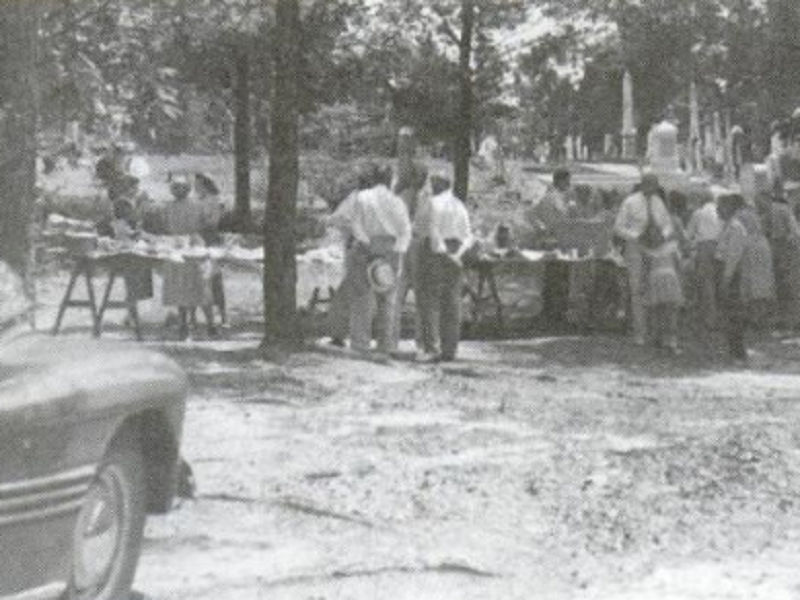

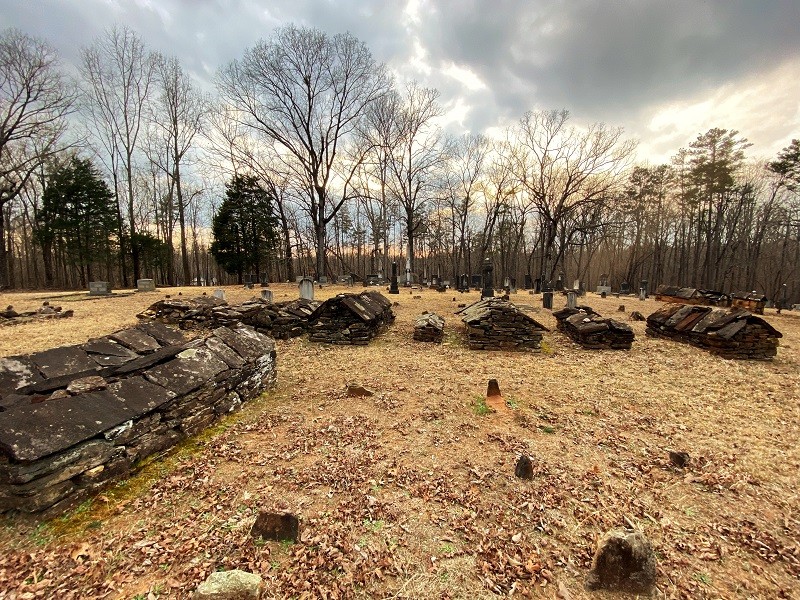
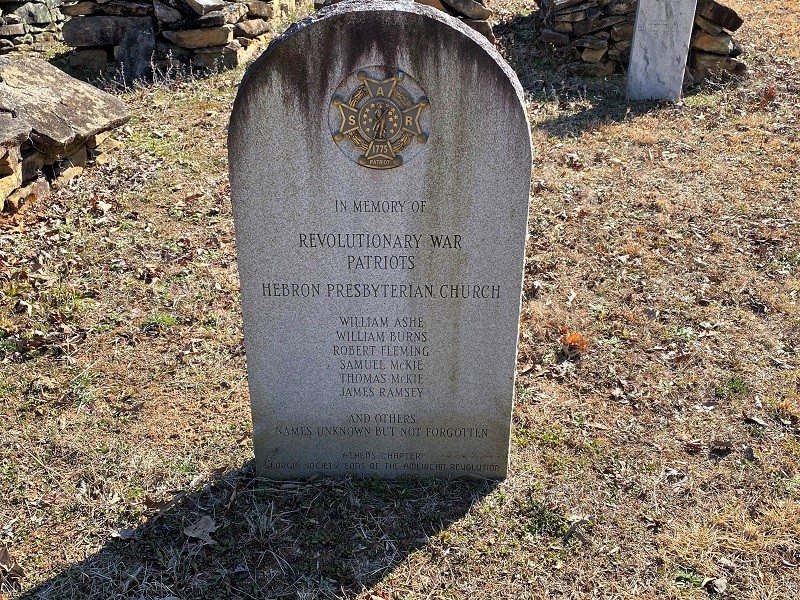


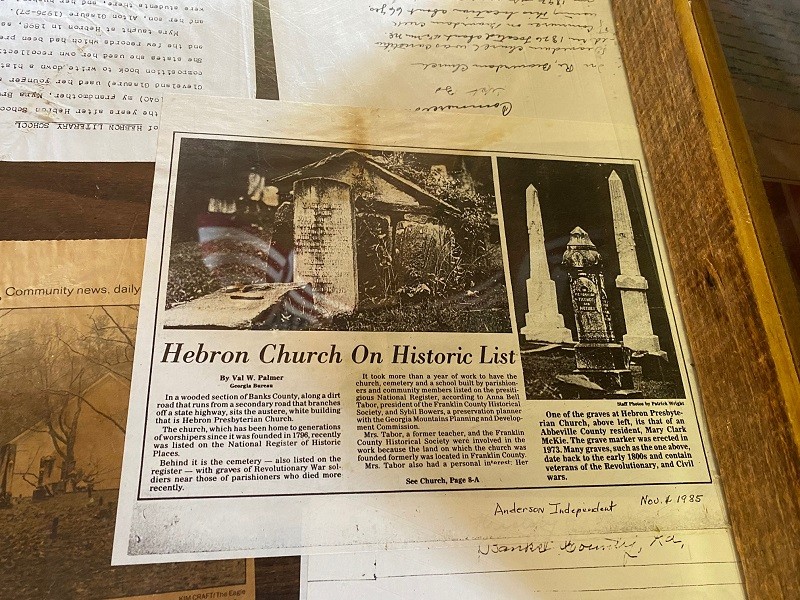
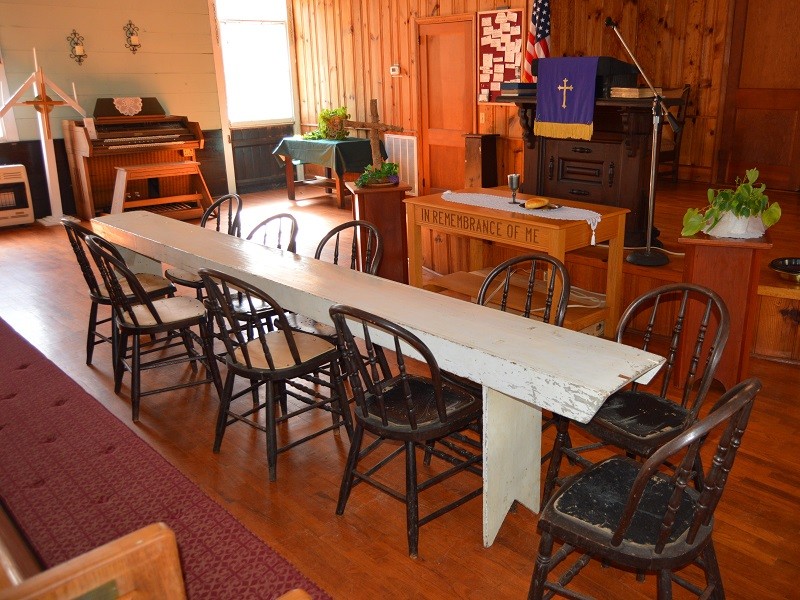
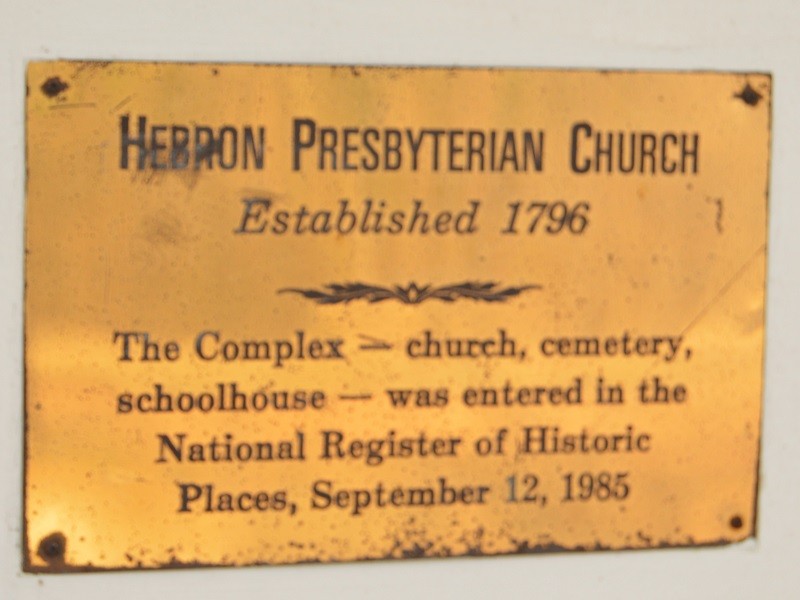
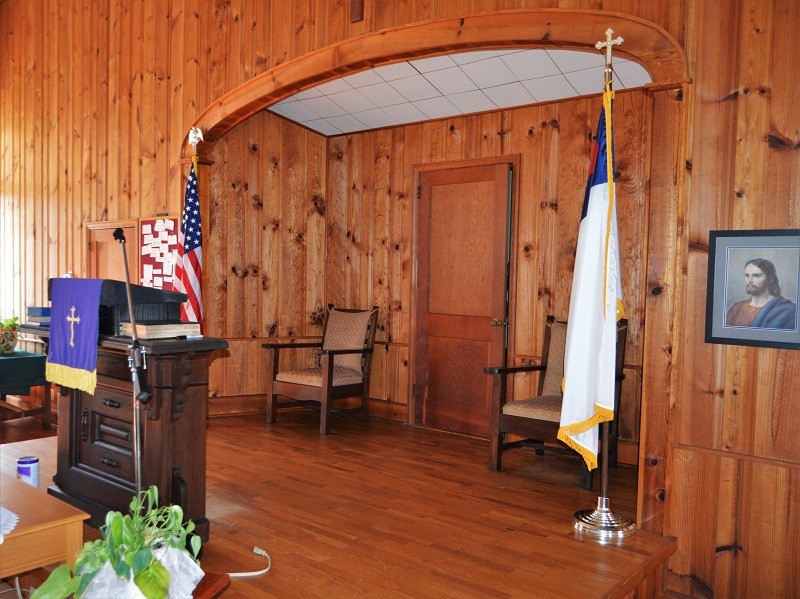
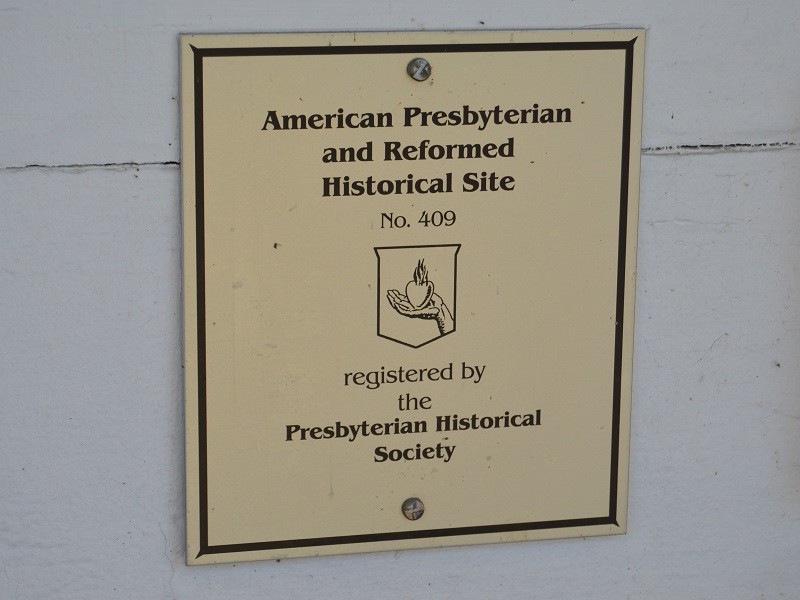


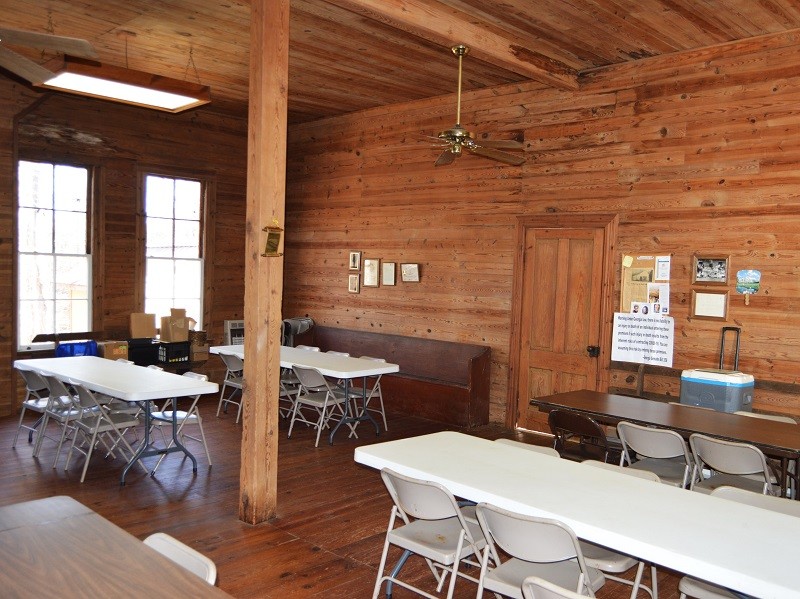
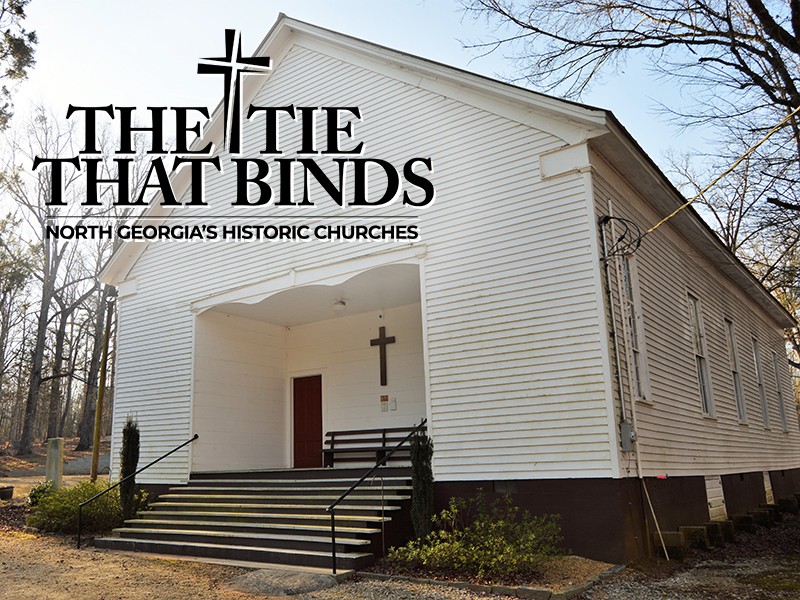
http://accesswdun.com/article/2021/3/989675/celebrating-its-225th-year-hebron-presbyterian-has-historic-past
